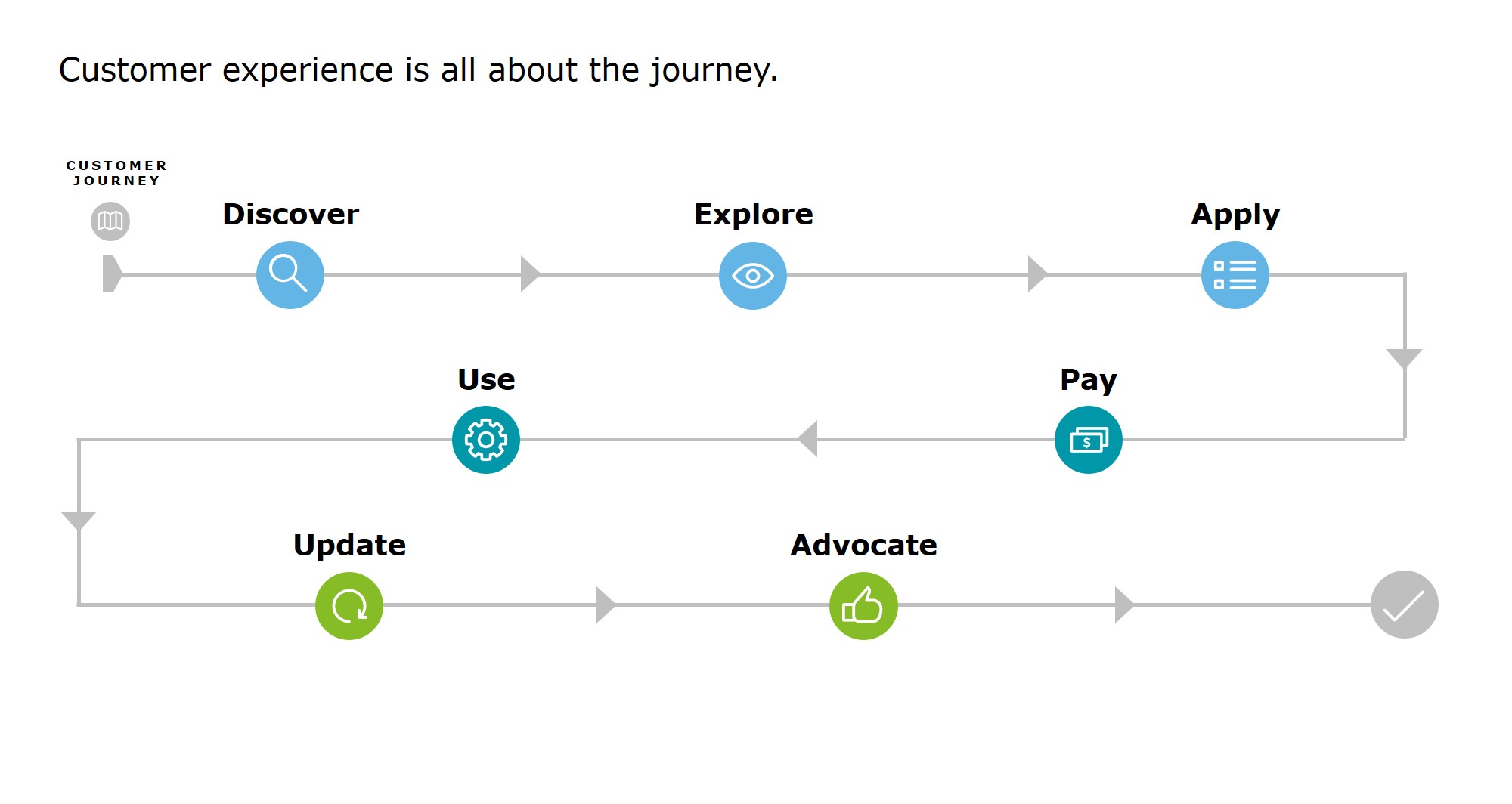Branding the Federal Customer Experience

Photon photo/Shutterstock.com
If experience is everything, federal agencies need to to take a holistic view of how they're serving citizens.
“Run government like a business” is a provocative statement that must be more than a slogan if it will become a solution for how to improve government service effectiveness and efficiency.
It’s a slogan, not a solution.
It obscures basic differences among the role of government agencies, which run the spectrum from retail-like agencies to full-on regulatory and enforcement functions, whose effectiveness doesn’t always make their “customers” very happy. It invites needless controversy and confusion about the differences between business and government. Sure, governments have customers. Government agencies also have constituents, users, taxpayers, partners, suppliers, employees, suspects, defendants, violators, criminals and even prisoners.
What to make of the myriad of stakeholders that comprise the broad ecosystems that ultimately feel the brunt of government service effectiveness? Agency leaders have thrown up their hands for decades out of frustration over the debate of whether they have customers, whether those customers deserve to be satisfied, and how to satisfy them. Hence government customer satisfaction has been among the worst among all industry sectors for over a decade, according to the American Customer Satisfaction Institute. But is this the right measure?
The conversation we ought to be having, instead, is about how government agencies across the retail to regulatory spectrum can do what every successful business does: deliver consistent customer and user experiences.
There have been some promising developments lately. The White House Office of American Innovation is establishing a Center of Excellence—basically an innovation hub—dedicated to customer experience. In Congress, Sens. Claire McCaskill of Missouri and James Lankford of Oklahoma have introduced legislation that focuses on this topic; and a companion bill has been introduced in the House by Reps. Blake Farenthold of Texas and Brian Fitzpatrick of Pennsylvania.
Known as the Federal Agency Customer Experience Act of 2017, S. 1088 and H.R. 2846 “would require the collection of voluntary feedback on services provided by agencies, and for other purposes.” This may sound like a modest requirement, but it’s actually the perfect place to start up (or restart) a digital-first organization or federal agency.
In the commercial sector, most businesses now understand that perception is reality. The fortunes of their brand will rise or fall on the experience they deliver. That is why they gather customer feedback at every opportunity, and draw on that data to understand how people want to use their products and services. Just think of how frequently you are asked to participate in an online survey, or answer a couple of questions at the end of an exchange with a call-center operator or a chatbot. Businesses are using omnichannel technologies like process robotics, SMS, algorithms, and chatbots to monitor customer experience; and measures like these can help improve how government understands the needs of the citizens they serve.
The new draft legislation specifies certain measures of customer experience that must be gathered via common questions to collect voluntary feedback across all channels. This ubiquitous and contemporaneous feedback will also present an opportunity for federal leaders to rethink how people connect with their agency, and how their agency can better connect internal and external stakeholders. Further, they can enhance the channels that work, and the opportunities a digital platform presents, to improve the quality of information, increase transparency, and design a federal customer experience that wins public approval and applause.
It all starts with developing a clear picture of the federal customer experience. That’s essential. Though it will vary from agency to agency, depending where on the retail to regulatory spectrum the agency might fall, customer experience will never just take the form of a finite transaction. It’s a journey and the culmination of hundreds of tiny decisions that typically span dozens of agency functions and touchpoints.

How does the user first discover the service? What is that moment of discovery like? Is it an invitation to explore, or a feeling of frustration? What compels the user to go from exploring the service to engagement—filling out forms, using a payment mechanism or providing other data? How is the user’s trust won and kept? What brings the user back to re-engage, recommend it or participate in an update or refresh? These are just some of the questions we can start to address when we track the user across the entire federal customer experience lifecycle.
In short, experience is everything. It includes every touchpoint, keystroke, swipe, call, chat, share, and other interaction, at every moment of the customer’s journey. That’s why the customer experience journey can’t really be captured on a simple scorecard, and why measures of customer experience have to go way beyond scoring customer satisfaction. Satisfaction is a part of the experience but isn’t the measure that matters most. For example, there’s a big difference between the journey that brings someone to use a tax payment portal, which can open up questions about trust, security, and convenience, and the question whether someone liked making a payment.
Federal leaders need to take a holistic view of the citizen experience, and a comprehensive look at their own agencies. Behind the scenes, the federal customer experience will ultimately involve every group within an agency and require coordination and connectivity with other agencies. The more insight we gain into the federal customer experience, the better we can design to it—removing impediments and inconsistencies, forging stronger connections, and delivering new value. By following the customer’s journey from the moment he or she first engages, and integrating user feedback from throughout the customer experience lifecycle, digital-first agencies can continually refresh the customer experience across the board. That iterative approach is the surest way to transform agencies so that they better serve citizens and keep the public trust.
When it launches, the Center of Excellence at the Office of American Innovation will provide federal agencies with new tools and new metrics for tracking the federal customer experience; and the Customer Experience Act will make federal CX a new reality. Now is the time to get ahead of the curve. Federal leaders should consider their own customer experience awareness, if they have not already, and ask hard questions about the capabilities they have, and those they need, to engage citizens and partners through digital platforms. Properly done, that assessment will entail larger questions about the kind of agency you run, to strategy, talent and culture, and provide an unmatched opportunity to stake out—and start to realize—your boldest ambitions.
Greg Pellegrino is a business innovator at Deloitte Consulting.


